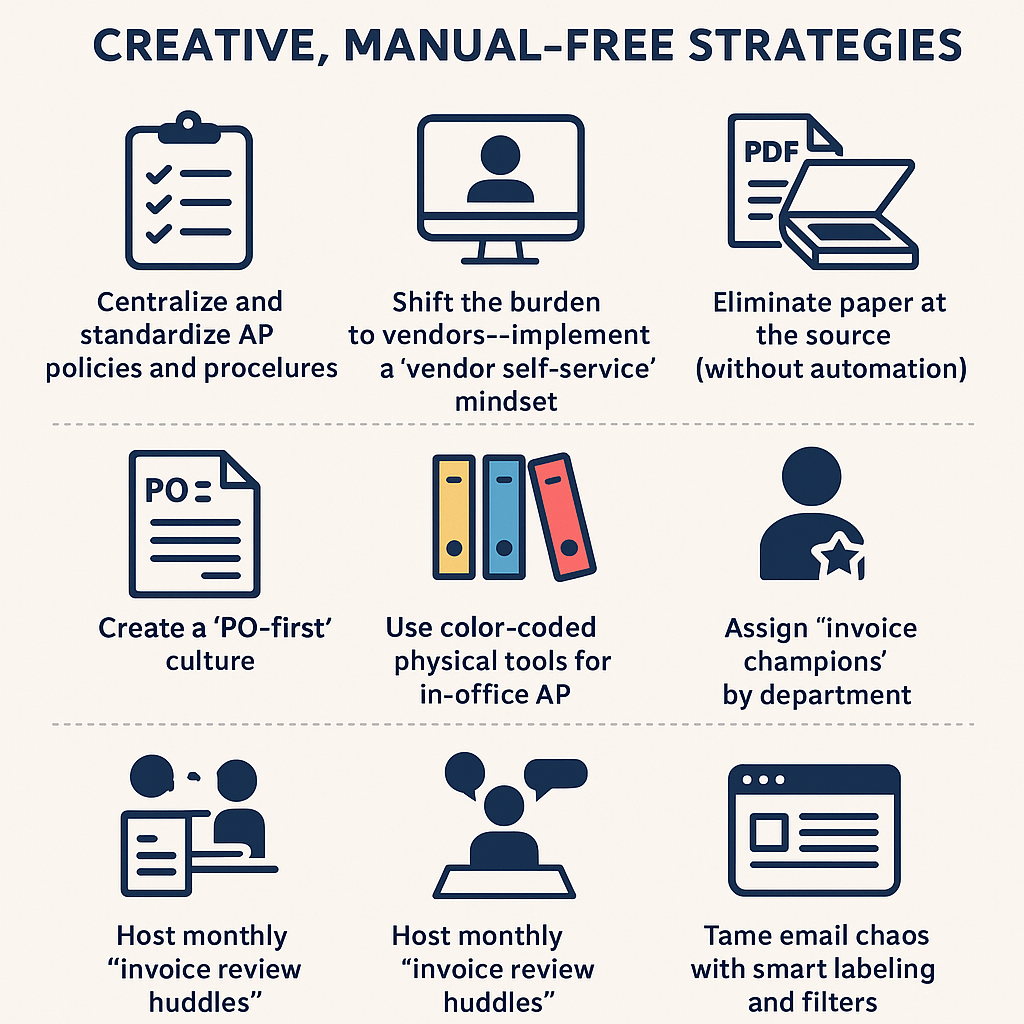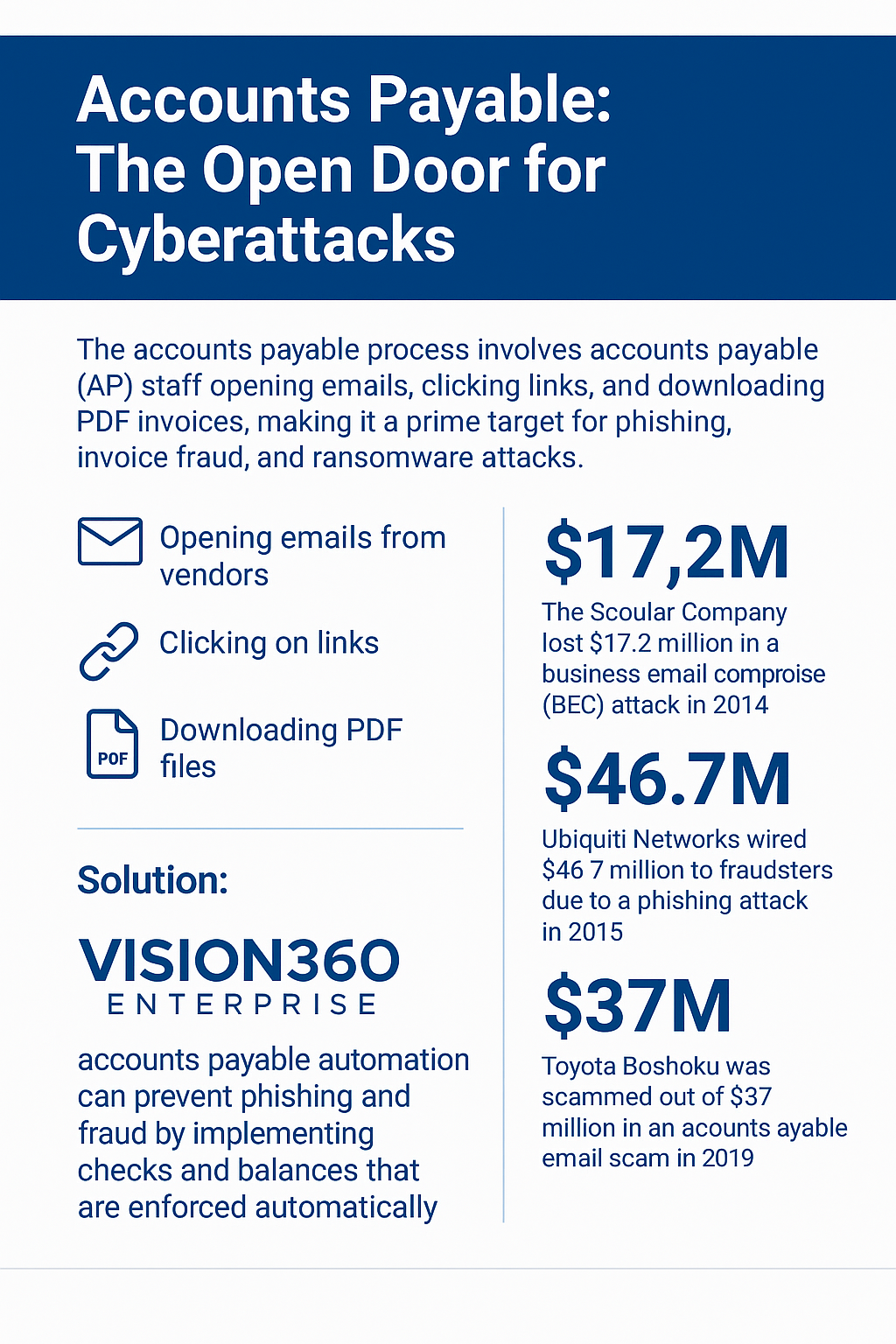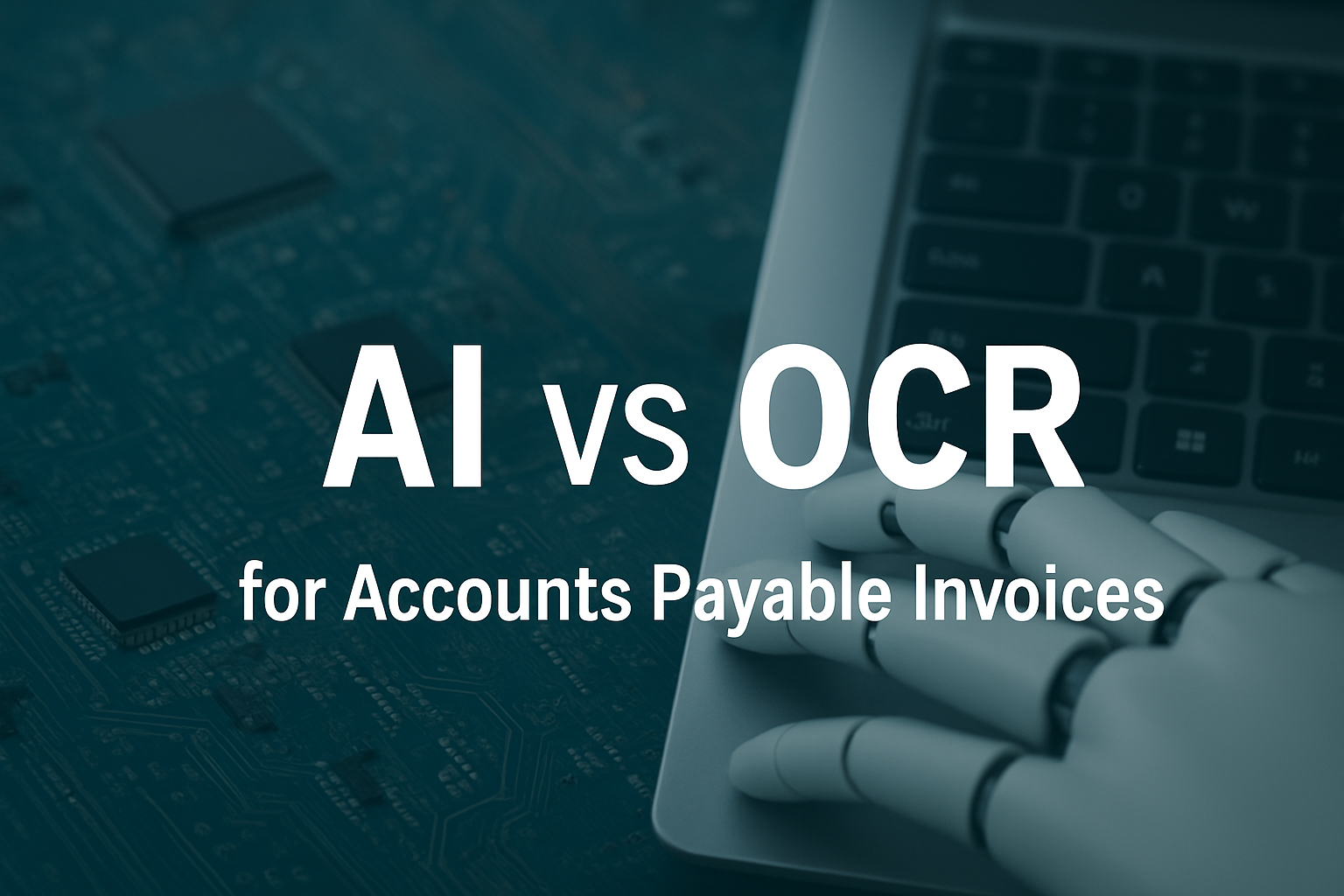Accounts Payable Workflow vs. AP Automation: What’s the Difference?
Managing vendor invoices is one of the most important — and often most time-consuming — finance functions. Every business has a process for receiving, validating, and paying invoices.
That process is known as the
Accounts Payable (AP) workflow. But with the rise of
Accounts Payable Automation (AP automation software), organizations can streamline that workflow, reduce manual work, and gain better control over cash flow.
Although related, AP workflow and AP automation are not the same. Understanding the difference is key if you’re evaluating accounts payable workflow software or looking to automate invoice processing.
What Is Accounts Payable Workflow?
An AP workflow is the series of steps that an invoice goes through from receipt to payment. This is essentially the business process for managing supplier invoices, whether you’re using paper, spreadsheets, or an ERP system.
A standard AP workflow typically includes:
- Invoice Receipt – Receiving invoices via email, mail, EDI, or vendor portals.
- Data Capture – Manually entering invoice details into the accounting system.
- Matching – Validating the invoice against purchase orders and receipts (2-way or 3-way match).
- Approval Routing – Sending invoices to managers or department heads for sign-off.
- Exception Handling – Resolving issues such as duplicate invoices, missing POs, or incorrect pricing.
- Payment Processing – Issuing payments via check, ACH, or virtual card.
- Archiving & Audit – Storing records for compliance and reporting.
In short: The AP workflow is the business process itself — how invoices are received, reviewed, approved, and paid.
What Is AP Automation?
AP Automation uses technology to streamline or replace manual steps within the workflow. Instead of relying on paper, email chains, and manual data entry, automation applies AI, machine learning, and workflow tools to make invoice processing faster, more accurate, and less labor-intensive.
Key capabilities of AP automation include:
- Intelligent Data Capture – OCR and AI extract invoice details automatically.
- Touchless Matching – The system auto-matches invoices to purchase orders and receipts.
- Smart Approval Routing – Invoices are routed automatically to the right approvers based on rules and thresholds.
- Real-Time Exception Alerts – Errors, duplicates, or discrepancies are flagged instantly.
- Electronic Payments – Payments are scheduled and sent electronically.
- Visibility & Analytics – Dashboards provide insights into liabilities, cash flow, and vendor spend.
In short: AP automation is the technology that replaces or improves manual steps in the workflow.
Why the Difference Between AP Workflow and AP Automation Matter.
Every business has an AP workflow. The real question is: is it manual and inefficient, or automated and optimized?
By adopting AP automation, companies can:
- Reduce invoice processing costs by up to 80%
- Eliminate data entry errors and duplicate payments
- Improve approval cycle times from weeks to days (or hours)
- Gain real-time visibility into cash flow and liabilities
- Strengthen compliance with digital audit trails










